Experience the Magic: Your Ultimate 4-Day Masai Mara Safari Guide

Got 4 days?
The Masai Mara Game Reserve is the perfect place to pack some adventure and relaxation.
Our 4 days Masai Mara safari is great for people short on time but eager for a full wilderness experience. From sighting the iconic Big Five to visiting Maasai villages, your tour of this park can be rich with wildlife, culture, and adventure.
Let’s delve into what makes the 4-day Masai Mara safari experience a must for wildlife enthusiasts and nature lovers.
Book Your 4 Day Masai Mara Safari With Us
For an unforgettable journey filled with extraordinary encounters and timeless memories, we invite you to contact us via phone or WhatsApp at +254-704-532-105. You can also connect with us via email at safarioffers@kenyaluxurysafari.co.uk or safarioffers@ajkenyasafaris.com.
Our senior consultant, James Gatheru, is available to discuss our safari prices and packages designed to cater to different budgets.
Masai Mara Game Reserve - Photos
Journey Through the Heart of Kenya: A 4-Day Masai Mara Itinerary

There are very few words in the natural world that can describe the Masai Mara Game Reserve. It’s a realm where the rhythm of nature beats to the primal drum of life. A land where the dust of the plains whispers tales of ancient migrations, and where the golden light of dawn paints the landscape in hues of pure magic.
Here, every horizon holds the promise of extraordinary encounters with nature’s most iconic inhabitants. Embarking on a 4-day Masai Mara safari takes you on a journey through some of the world’s most spectacular landscapes, abundant wildlife, and fascinating cultures. It’s the quintessential African safari, a harmonious blend of natural beauty and cultural richness that has been enchanting travellers for decades.
From the bustling city of Nairobi, through the panoramic Great Rift Valley, to the heart of Masai country, every moment is a memory waiting to be made.
From Nairobi to the Mara: Day 1 Highlights
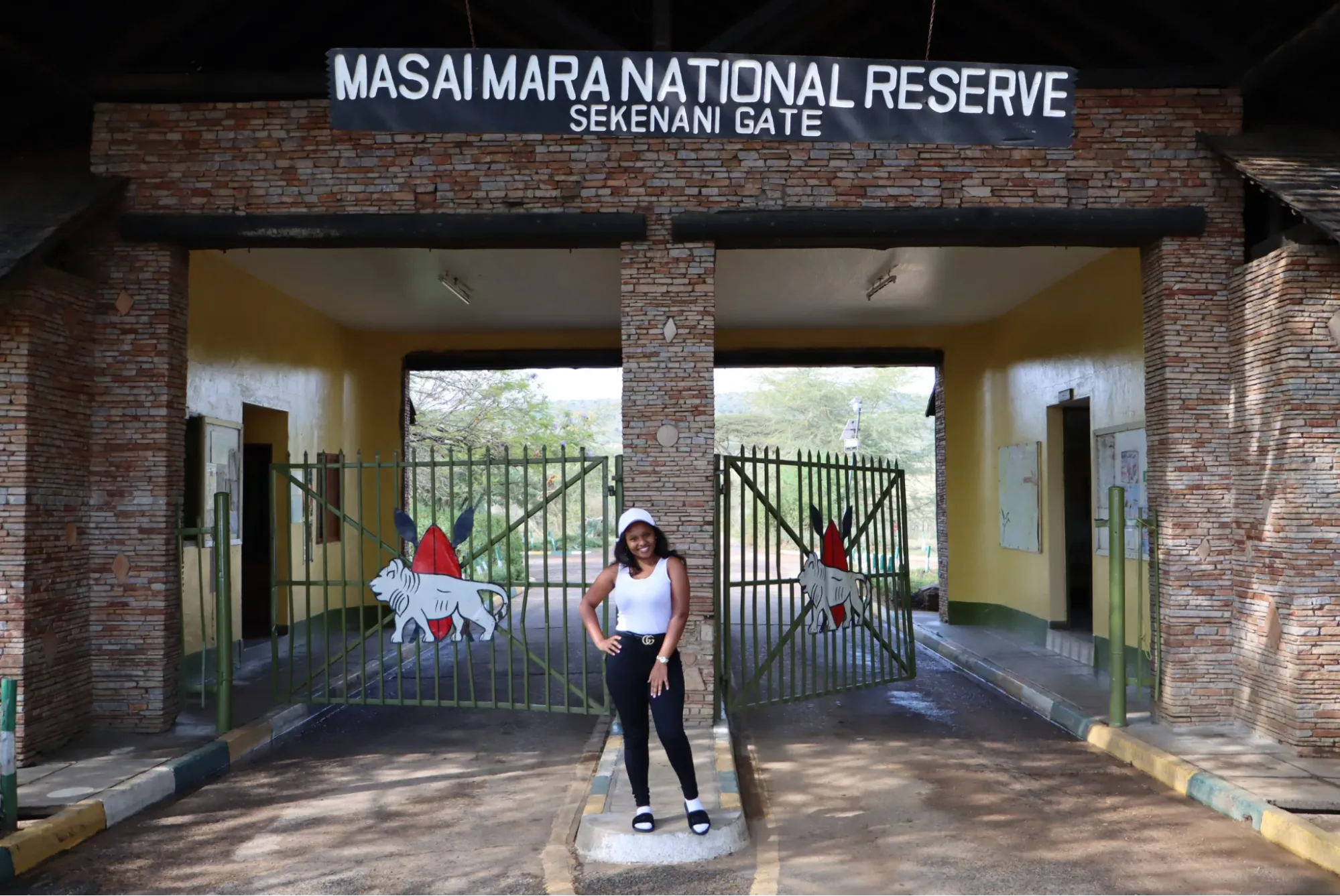
Your journey to the Masai Mara, Kenya, commences from Nairobi. If you’re coming in from Jomo Kenyatta International Airport or staying at a Nairobi hotel, our driver guide will pick you up from your location. This 270km journey starts at 8.00 am to ensure we reach the Masai Mara Game Reserve later in the afternoon. And just in time for a game drive.
As the safari vehicle leaves the capital, the bustling cityscape gradually gives way to the picturesque and expansive vistas of the Rift Valley. This scenic journey is a feast for the eyes, setting the tone for the extraordinary wildlife encounters that await us. The driver guide stops briefly at the Great Rift Valley Viewpoint so you can stretch your legs and enjoy captivating views of the escarpment below.
The next stop will be at Narok town for a bathroom break before embarking on the remaining 161 km of the journey to reach Sekenani Gate—one entrance into the Masai Mara Game Reserve. The driver guide will handle the park entry fees to gain access to the park.
Upon entering the Masai Mara National Reserve, you embark on your first game drive. As the afternoon unfolds, the reserve comes alive with wildlife, from grazing zebras to towering giraffes. You check into your safari lodge or tented camp, freshen up, and head out for a late afternoon game drive. As the sun sets, you retire to your lodge, where tantalising meals await and the sounds of the African wilderness lull you to sleep.
Exploring the Mara Triangle: Day 2 Discoveries
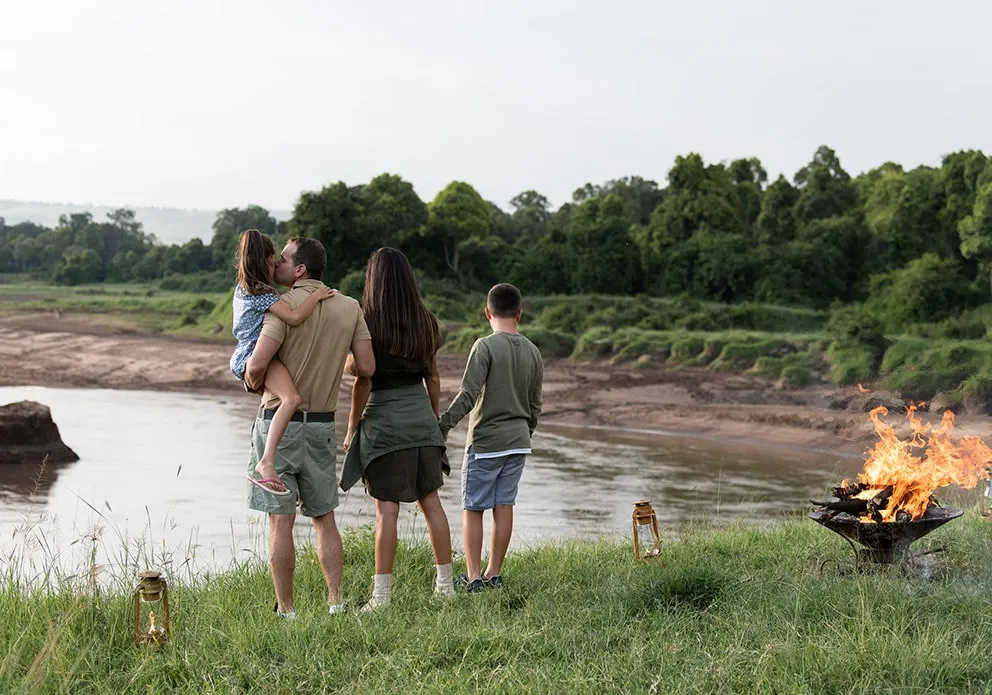
The second day of your Masai Mara itinerary propels us further into the core of the Masai Mara. Following an early morning breakfast at your lodge, the driver guide takes you to explore the Mara Triangle, renowned for its dense population of big cats. Each bend in the track brings a new surprise: a herd of elephants, a pride of lions basking in the sun, or a cheetah sprinting after its prey.
As the day unfolds, we find ourselves by the Mara River, a lifeline for the reserve’s wildlife. The riverbanks teem with hippos and crocodiles, a testament to the Mara’s incredible biodiversity. As the sun dips below the horizon, you head back to our lodge with your heart full from a day of unforgettable encounters.
The Full Safari Experience: Day 3 in the Masai Mara
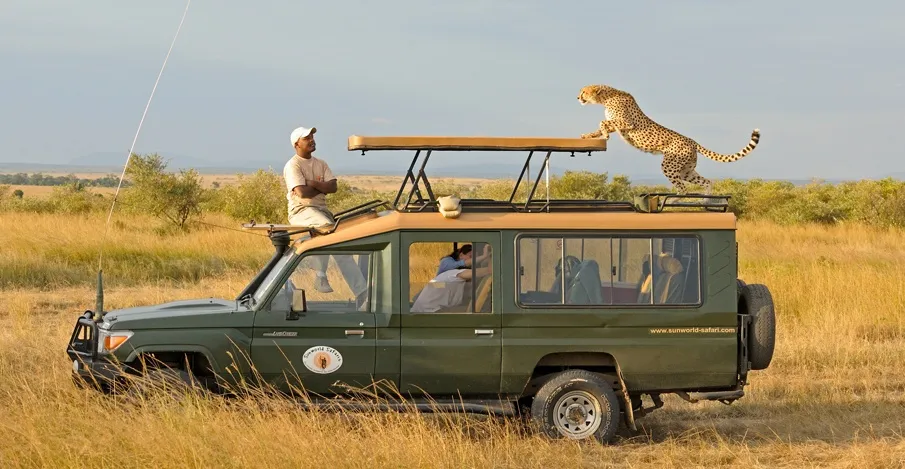
The third day is devoted to an all-inclusive safari experience, with the liberty to select a morning game drive, an afternoon game drive, or unlimited game drives for the entire day. Each option provides ample opportunities to spot animals, including the Big Five, and the big cats, and to immerse yourself in the Mara’s vibrant ecosystem.
For those looking for an added thrill, an early morning hot air balloon safari offers an unrivalled perspective of the Masai Mara at sunrise. While hot air balloon rides come at an extra cost, the experience is worth it.
As you glide into the early morning sky, you watch the sky transform into a canvas of fiery hues, painting the vast savannah below with a golden glow. The cool morning air carries the promise of a new day, and the landscape comes alive with the sights and sounds of awakening wild animals.
From the vantage point of a hot air balloon, you’re treated to an unparalleled perspective of the Masai Mara as it awakens from slumber. Soft, ethereal light casts a silhouette on the acacia trees and distant hills, creating a surreal and breathtaking scene. Your ride in the sky lasts about one hour and ends with a champagne breakfast in the wild. From here it’s off to a day of spotting wild animals.
The day concludes with a visit to a local Maasai village, where you learn about their ancient traditions and way of life. While sitting around the campfire in the evenings, you can swap stories with other visitors staying at your lodge. Or simply recline and reflect on the day’s adventures while sipping soft drinks.
Farewell to the Wild: Day 4 Departure
Our final day in on your 4-day Masai Mara safari starts with an early breakfast, followed by a shortened morning game drive. This is our last chance to glimpse at the wild animals we’ve come to admire over the past few days.
As you leave the Masai Mara National Reserve, your driver guide will stop by Narok town for lunch before returning to Nairobi. Drop-offs are at the Nairobi airport so you can catch your flight home or at a Nairobi hotel if you are staying in Kenya longer.
Your Safari Accommodations: Lodges and Tented Camps

A Masai Mara safari encompasses more than just wildlife and landscapes; it also involves the distinctive lodging options that serve as your wilderness abode. From sumptuous safari lodges to immersive tented camps, the Masai Mara offers a range of options to suit your budget and style.
Luxury safari lodges and camps like the Mara Sopa Lodge or the Emboo River Camp offer a serene stay with stunning views and top-notch amenities. Mid-range options like the Ashnil Mara Camp, Keekorok Lodge, and Matira Bush Camp provide a more affordable yet private tented safari experience. Visitors staying at these accommodations can enjoy amenities like swimming pool facilities, spa treatments, and guided nature walks.
For budget-conscious travellers, Greenwood Safari Camp, and Olaloi Mara Camp offer comfortable stays close to the Masai Mara. Whether you’re looking for luxury or simplicity, choosing the right lodge or tented camp will be integral to your safari experience.
Experiencing the Great Migration
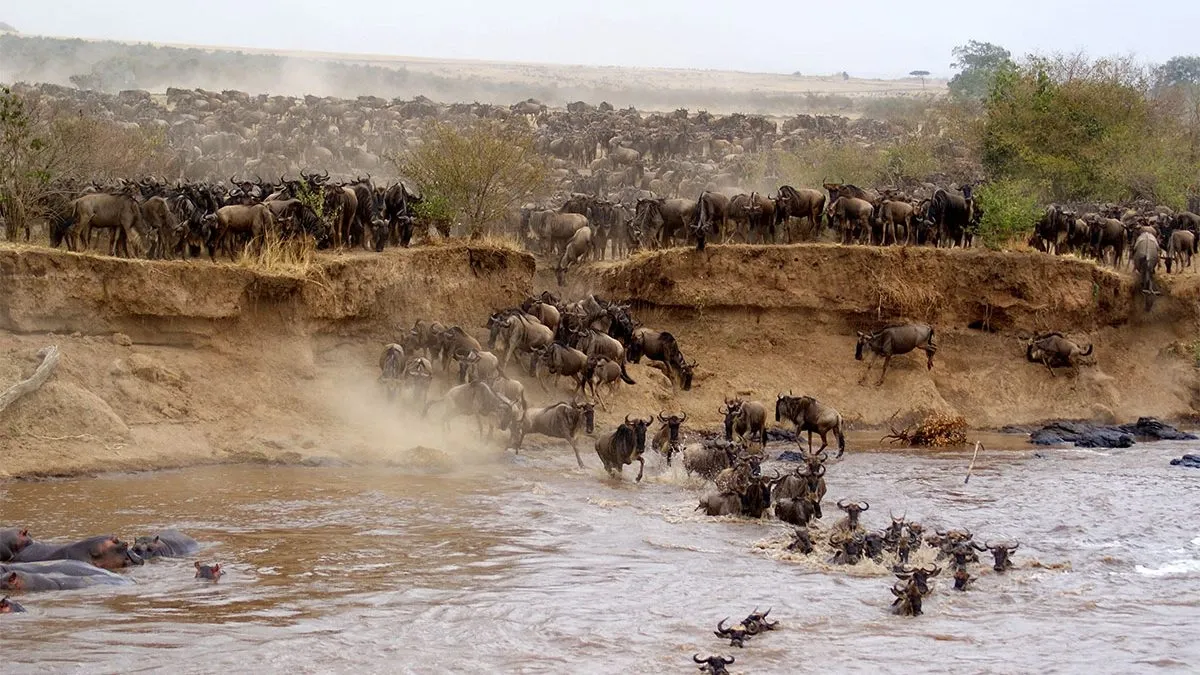
Envision observing more than two million wildebeests, zebras, and gazelles pouring into the Masai Mara, their hooves drumming across the plains in a united melody.
This is the Great Migration, a world-renowned spectacle that unfolds from July to October. During this time, the Mara becomes a theatre of life and death. These herds navigate treacherous river crossings while evading predators in their quest for greener pastures.
The sight of thousands of wildebeests and zebras crossing the Mara River is a highlight of any safari and timing your 4-day safari in late September allows you to capture this awe-inspiring event.
The Wildebeest phenomenon attracts tourists from all over meaning the tour price goes up now. If you want to save on costs, you can swap the high season with other months, such as April to June when it’s low season. You’ll enjoy game viewing without too many crowds.
Wildlife Encounters: What to Expect on Game Drives

Game drives form the core of every Masai Mara safari. During these drives, visitors may come face-to-face with the famous Big Five animals aka lions, elephants, rhinos, leopards, and buffaloes. But the Masai Mara’s wildlife spectacle also includes other wild animals such as cheetahs, giraffes, hippos, gazelles, eland, zebras, primates and bird life.
While wildlife sightings aren’t guaranteed, having an experienced driver guide can significantly enhance your chances of memorable encounters. Their deep knowledge of animal behaviours and terrains can lead you to places where wildlife sightings are most likely.
Optional Adventures Beyond Game Drives
While game drives are a significant attraction of the Masai Mara safari, other optional safari activities can enrich your overall safari experience. How about a hot air balloon ride at sunrise, offering a bird’s-eye view of the sweeping plains and the wildlife below? Or a guided nature walk, where you can explore the Mara’s diverse flora and fauna on foot?
You can also visit a local Masai village. Here you’ll be welcomed with traditional song and dance, learn about the Maasai way of life, and support their community development efforts. These extra activities not only add variety to your safari experience but also deepen your appreciation of Masai Mara’s rich natural and cultural heritage.
Planning Your Safari: Costs and Considerations

Organising your Masai Mara safari requires contemplating several factors such as:
- Costs
- Lodging
- Transportation mode, i.e. road transport or flight
- Seasonal elements (high season, low season)
- Incorporating other safari destinations if your budget allows
Safari packages can vary significantly in cost, from budget group tours to luxury options. These typically include transportation, professional guide services, accommodation, game drives, park entrance fees, and meals.
You can choose a safari package that takes you directly to the Masai Mara Game Reserve or includes other safari destinations. You can, for example, choose a package that incorporates an overnight stay at Lake Naivasha or any other park such as Lake Nakuru National Park. These packages allow you to experience more of what Kenya offers.
What isn’t included
- International flight tickets
- Visa costs
- Insurance
- Tipping
- Souvenirs
Your choice of transportation, whether air travel or road transport, will also impact your overall 4 days Masai Mara safari cost. Finally, consider the timing of your safari. Peak season pricing, particularly during the Great Wildebeest Migration, can lead to higher safari costs due to increased demand.
Travel Tips for Your Masai Mara Adventure
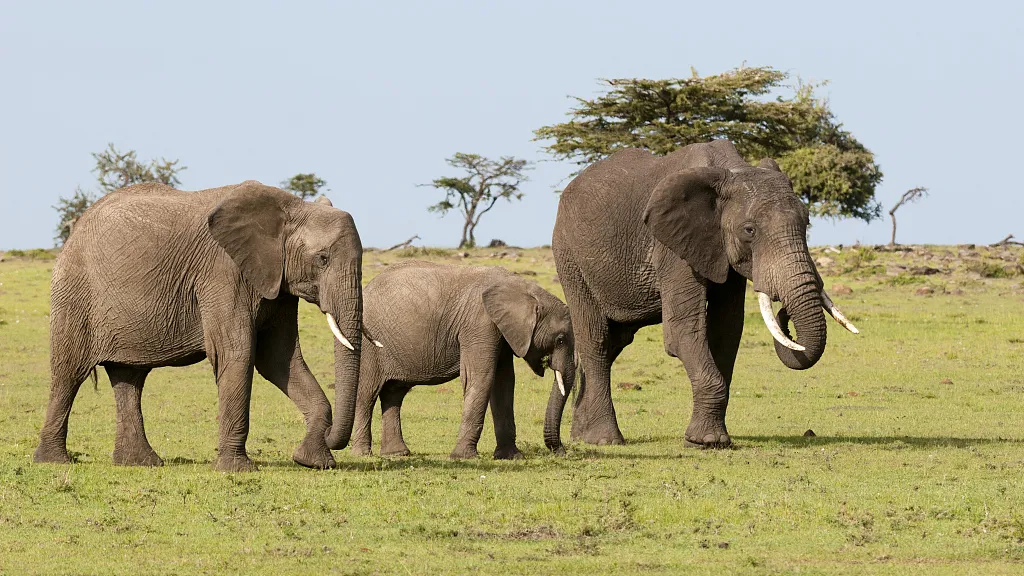
Here are some important points to consider as you plan your 4-day safari to the Mara:
- Vaccination requirements for Kenya include the Yellow Fever vaccine, which should be taken at least 14 days before travel.
- For COVID-19, fully vaccinated travellers are exempt from the PCR test requirement.
- Unvaccinated travellers must present a negative PCR test taken within 72 hours before departure.
- Bring along items of a personal nature such as medication and personal effects
During your safari, be mindful of health and safety precautions. Drink bottled water, be cautious with roadside or openly prepared food, and thoroughly clean local fruits before consumption. Lastly, familiarise yourself with park rules to ensure a responsible and respectful safari experience.
Sustainability and Conservation Efforts
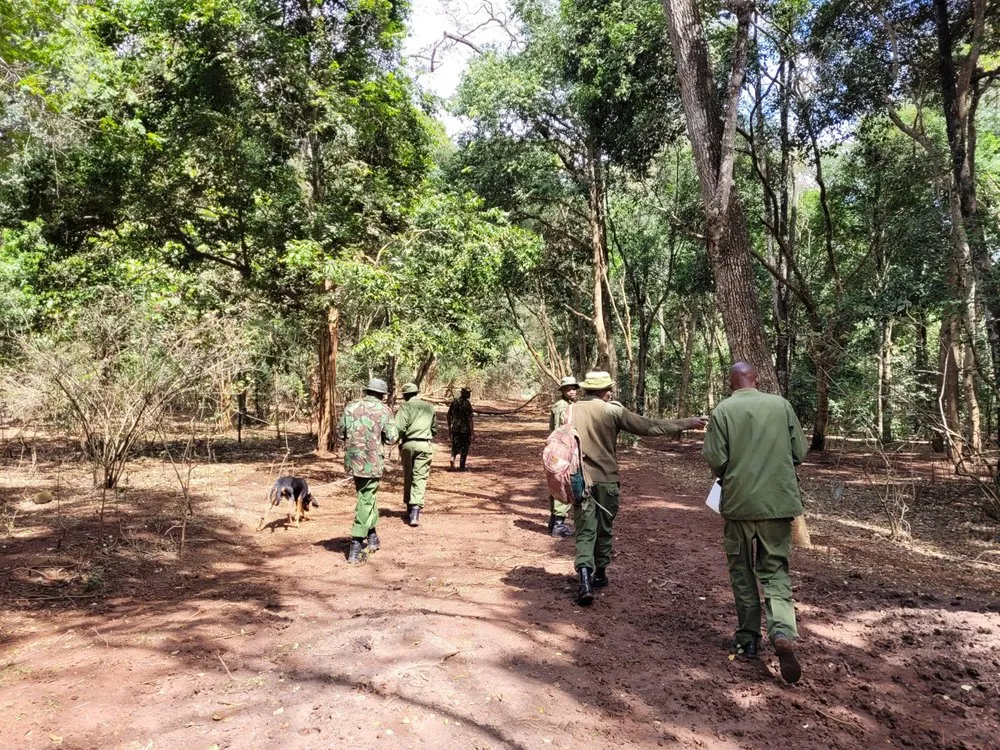
For decades, extensive poaching took place in the Masai Mara, leading to the formation of the Mara Conservancy in 2001. Thanks to the Conservancy’s anti-poaching patrols, illegal poaching is being deterred.
The Mara Conservancy also helps
- Improve infrastructure within and outside the Mara Triangle
- Maintain secondary roads and tracks in the Masai Mara National Park to improve game viewing
- Promote responsible eco-tourism practices among lodges and camps
Besides poaching, the rich biodiversity of the Masai Mara faces continued challenges that call for sustainable tourism and conservation efforts. Some ways in which these efforts are supported include:
- A portion of the park fees goes towards funding various conservation and community projects within the Masai Mara.
- The park entrance fees collected by the Mara Conservancy are used to stem poaching and maintain road networks in the park
- Local communities are involved in conservation initiatives, such as anti-poaching efforts and habitat restoration.
By supporting these initiatives, visitors can contribute to the long-term preservation of the Masai Mara.
Summary
A 4 day Masai Mara safari is an adventure through one of the world’s most spectacular landscapes. You come face-to-face with iconic wildlife and immerse yourself in the rich Maasai culture. From the bustling city of Nairobi to the heart of the Masai Mara, every moment is a memory waiting to be made.
Whether you’re capturing stunning wildlife moments or learning about conservation efforts, a Masai Mara safari is a testament to the untamed beauty of Africa. Talk to us today to plan your Masai Mara adventure.
Frequently Asked Questions
How Much Does a Masai Mara Safari Cost?
A Masai Mara safari can cost anywhere from USD 350 to USD 1500 per person, depending on the level of luxury and inclusions. Such costs as international flights, visa fees, and aren’t included here.
When Is the Best Time To Witness the Great Migration?
The best time to witness the Great Migration is from July to October, coinciding with peak migrations and river crossings.
What Are the Optional Activities Beyond Game Drives?
You can enhance your safari experience with extra activities such as hot air balloon rides at sunrise, guided nature walks, and visits to local Maasai villages. While these activities carry an extra cost, they may help deepen your understanding of the Masai Mara’s natural and cultural heritage.
How Can I Contribute to Sustainability and Conservation Efforts in the Masai Mara?
You can contribute to sustainability and conservation in the Masai Mara by practising responsible tourism, supporting local communities, and participating in voluntourism activities. These efforts help preserve the region’s natural beauty and wildlife.
